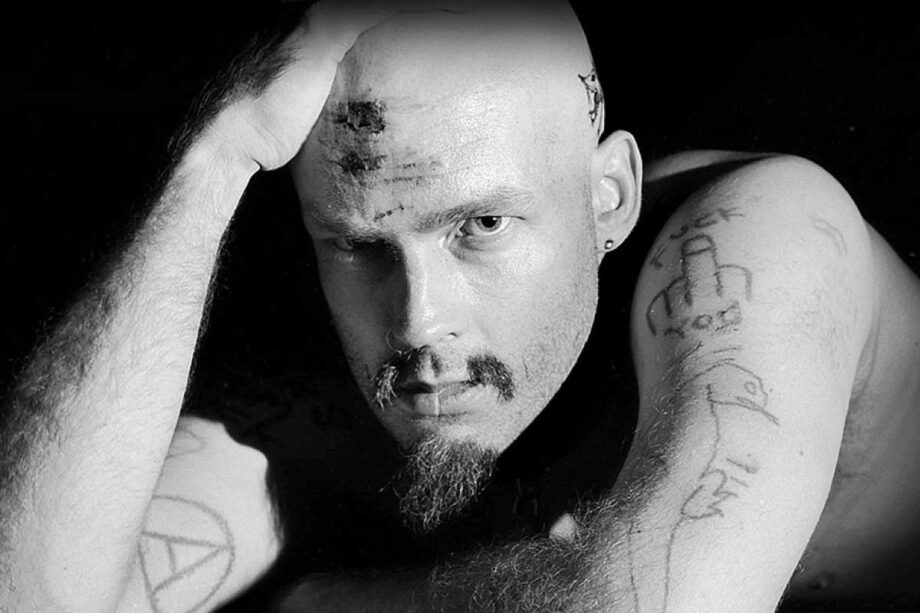G.G. Allin is undoubtedly one of the most controversial and polarizing figures in the history of punk rock. He crafted a notorious legacy that has lingered in the minds of both fans and critics alike, largely due to his extreme stage performances and chaotic personal life. is music, while not widely embraced, was a vessel for his radical persona.
When he passed away from a heroin overdose on June 28, 1993, at the age of 36, his death marked the end of a tumultuous career that defied conventional punk rock norms.
His Shows Were Pure Shock

G.G. Allin’s stage presence was unlike anything the punk scene had ever seen. What started as a mere extension of the rebellious spirit of punk quickly evolved into some of the most extreme and shocking displays in live performance history.
In 1985, at a show in Peoria, Illinois, Allin took things to an entirely new level by incorporating defecation into his act for the first time. What began as a premeditated stunt—using Ex-Lax—resulted in utter chaos. The smell was unbearable, and many in the crowd fled the venue in disgust. Yet, rather than shy away from the controversy, Allin embraced it fully. The act became a hallmark of his performances.
Violence Was Part Of It All

As explained by The Brooklyn Rail, Allin’s performances grew more interactive and increasingly violent. He engaged in physical confrontations with audience members, sometimes violently spitting at them, throwing feces, or even starting physical altercations.
His concerts were no longer just musical performances; they were full-on spectacles where the line between performer and audience disappeared entirely. The unpredictability of it all is what drew people to his shows, even if the performances often bordered on the edge of insanity.
Allin’s final performance, which took place at the Gas Station in New York’s East Village on June 27, 1993, was the epitome of this chaotic energy. Vice reports that the show quickly spiraled out of control, ending in a riot outside the venue. Allin’s reputation for chaos and destruction reached its peak in that final, unforgettable act.
The Suicide Promise Remained Unfulfilled

One of the most infamous aspects of G.G. Allin’s persona was his repeated promises to commit suicide on stage. He claimed, particularly around Halloween, that he would end his life during a live performance, further cementing his image as a dangerous, unpredictable figure.
When asked why he never followed through on these threats, Allin’s response was characteristically defiant: “With G.G., you don’t get what you expect—you get what you deserve.” He believed that suicide should only come at the peak of one’s life, not at its lowest point
Ironically, Allin’s actual death was far less theatrical than his on-stage threats. Tom Fogarty, who documented Allin’s final days, paints a picture of a man who, after his chaotic last performance, wandered the streets of New York City before returning to his hotel room. There, his life ended not in a dramatic public spectacle but rather with a heroin overdose.
He Never Changed

In his final days, Allin’s public appearances continued to feed into the chaos of his image. His last television appearance, a guest spot on ‘The Jane Whitney Show,’ was a stark reminder of the extremism that defined his persona.
During this interview, Allin was as provocative as ever, sharing graphic details about his lifestyle and intentions toward his audience. He made explicit threats, spoke about his violent performances, and continued to promote his anarchistic views. The interview was a fitting end to his public life, a final display of the man who had made his name by pushing every boundary of decency and taste in the pursuit of punk rock’s most extreme ideal.





